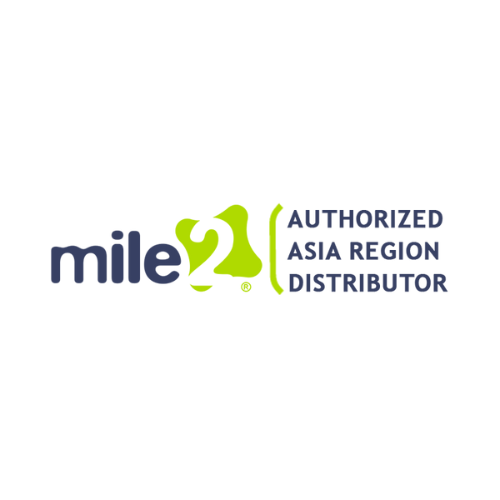WIFI SECURITY ASSESSMENT AUDIT
AUDIT OF THE WIFI SECURITY EVALUATION:
The process of assessing the security of a wireless network and locating flaws and potential threats is known as a Wi-Fi security assessment audit. A Wi-Fi security assessment audit’s main objectives are to evaluate the efficiency of the wireless network’s security controls, pinpoint potential security risks and threats, and make improvement suggestions.
These steps are commonly included in a Wi-Fi security assessment audit process:
- Organization: This can be achieved by establishing the audit’s scope, the components of the wireless network that will be reviewed, and the audit’s objectives and standards.
- Data Collection: Data regarding Wi-Fi network security rules, practices, and technology must be acquired in order to achieve this. It might involve talking to network administrators, running network scans, and looking at documentation.
- Evaluation: Examining the gathered data is required to identify any holes or threats to the Wi-Fi network’s security.
- Reporting: This comprises documenting the audit’s findings and offering advice on how to make Wi-Fi networks more secure.
The Wi-Fi security assessment audit should be carried out by qualified security professionals with experience in wireless network security. The audit should be done on a regular basis to ensure that the wireless network security posture remains effective over time.
Some of the typical flaws that might be discovered during a Wi-Fi security assessment audit include weak encryption, weak passwords, rogue access points, authorized access, and outdated firmware. The audit report must offer recommendations for resolving these issues, such as implementing more robust encryption techniques, updating firmware, and imposing stricter access control regulations.





